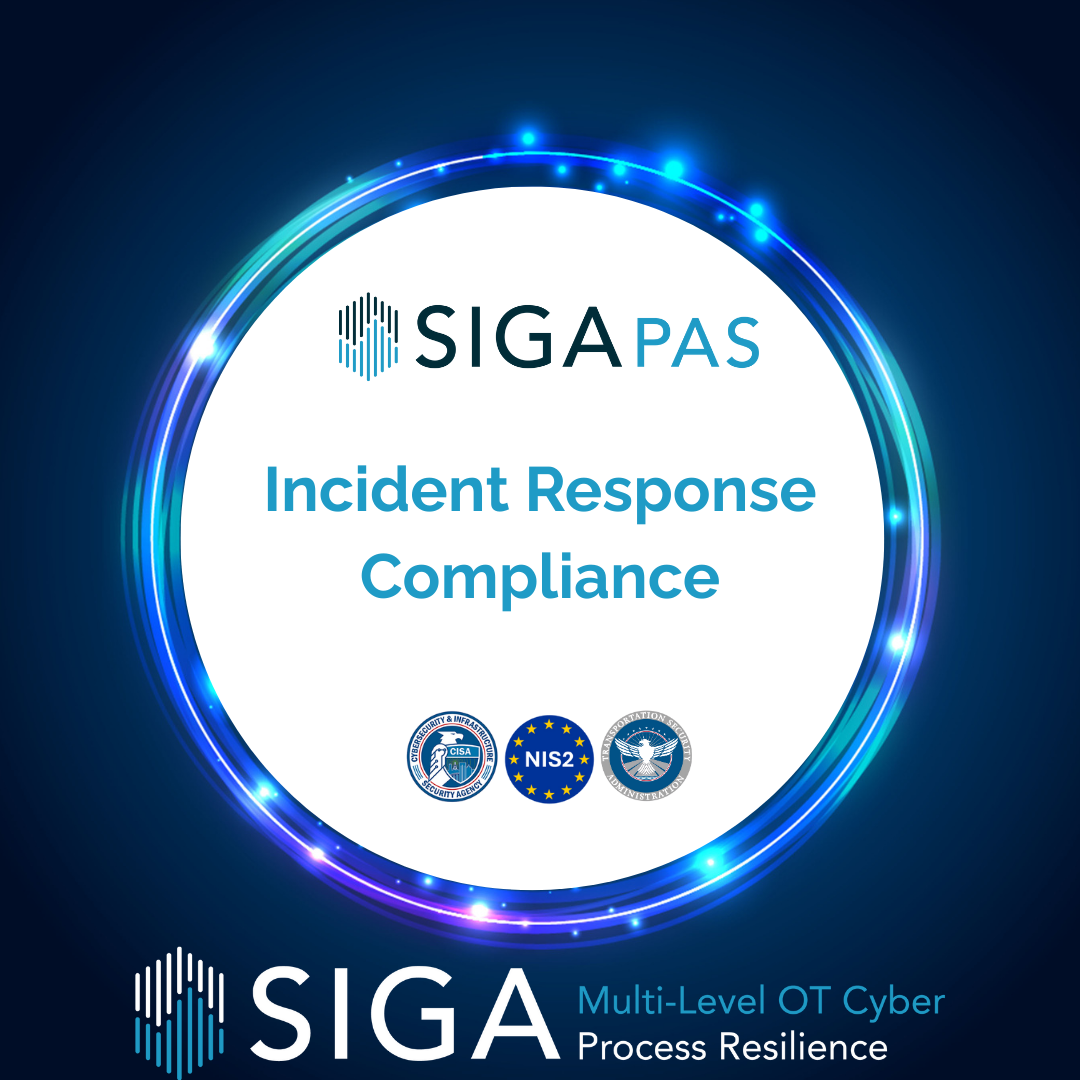


The increased risk from OT cyberattacks by state-sponsored actors and sophisticated criminal networks has driven regulators to tighten requirements.
In the U.S., EU, and Singapore, authorities are moving from voluntary guidelines to binding rules that mandate incident reporting within defined timeframes and require documented incident response and recovery plans, In some cases there are significant penalties for non-compliance.
Operators will need to adjust to these new mandates and upgrade their incident response planning and processes.
Expanded Mandates. In addition to voluntary frameworks such as NIST guidance, regulators are introducing enforceable rules: TSA directives for pipelines, NERC CIP standards for the grid, NIS2 across the EU, and Singapore’s amended Cybersecurity Act. These measures impose defined reporting timelines and require documented, tested incident response capabilities.
Increased Penalties. Enforcement can include administrative fines (up to $1 million per day under NERC), percentage-of-turnover penalties under NIS2 and Singapore law, and civil penalties under TSA directives. In some cases, liability may also extend to corporate officers.
Operationalized Compliance. Regulators are increasingly requiring incident response to be demonstrable in practice, not just documented. In many jurisdictions this includes mandated exercises, periodic plan testing, and coordination with national authorities during incidents (e.g., TSA directives, NIS2, NERC CIP, Singapore Cybersecurity Act).
Attacks are escalating. In 2024, 1,015 industrial sites experienced physical disruption from OT cyberattacks, up from 412 the year prior – a 146% increase.
Colonial Pipeline was the wake-up call. The May 2021 attack forced the shutdown of fuel supplies across the U.S. East Coast and directly prompted TSA to issue mandatory reporting rules for pipeline operators, later influencing broader mandates like CIRCIA.
Critical infrastructure sectors remain vulnerable. Intrusions into oil & gas, electric grids, and water systems continue to show how close attackers can get to disrupting essential services. Each high-profile breach (or attempted breach) gives regulators justification to expand mandatory incident response obligations across more sectors.
Governments are strengthening OT cyber requirements with strict reporting deadlines, defined escalation steps, and significant penalties.
U.S.: CIRCIA, TSA pipeline directives, and NERC standards set rapid reporting timelines, as short as 1 hour for power sector events and up to 72 hours for other critical infrastructure.
EU: NIS2 requires staged reporting: 24-hour early warning, 72-hour notification, and a final report within 1 month, with penalties up to €10M or 2% of global turnover.
Singapore: The amended Cybersecurity Act mandates initial reporting within 2 hours and allows civil fines of up to 10% of turnover.
Regulators are increasingly requiring operators to demonstrate the real operational impact of an incident. That means evidence of changes in flow, pressure, temperature, or equipment behavior that show whether safety or continuity was compromised.
SIGA monitors raw electrical signals at the I/O level, independent of sensor or controller data. These signals are out-of-band, unfiltered, and un-hackable, providing the most reliable source of truth about what actually occurred in the process. This creates an authoritative record regulators can trust and enables operators to detect disruptions earlier, classify whether they are operational or cyber in origin, and report with confidence.
SIGA Process Attack Simulation (S-PAS) injects safe, software-based anomalies that mimic real attack scenarios. This allows both cyber and operations teams to rehearse incident response playbooks and validate how disruptions at Level 0 would be detected, contained, and reported, without disrupting live operations.
In practice, this means operators can meet stricter incident reporting rules with forensic-grade evidence of what happened, how it was detected, and how the response was carried out. Compliance can be based on verifiable operational data directly from the physical layer.
Incident response is now a regulatory requirement, enforced through fines that can reach millions per day. Governments have drawn a line: operators of critical infrastructure must detect, respond, and report OT cyber incidents within prescribed timeframes. Anything less is now a compliance risk – and a liability.